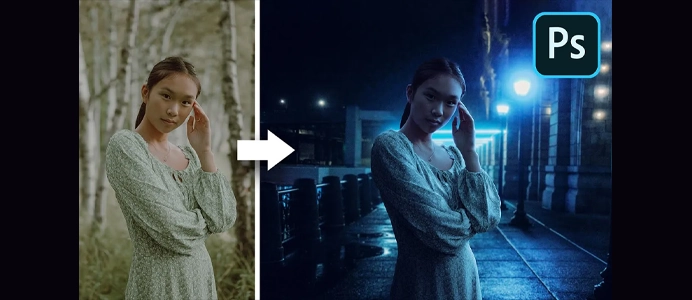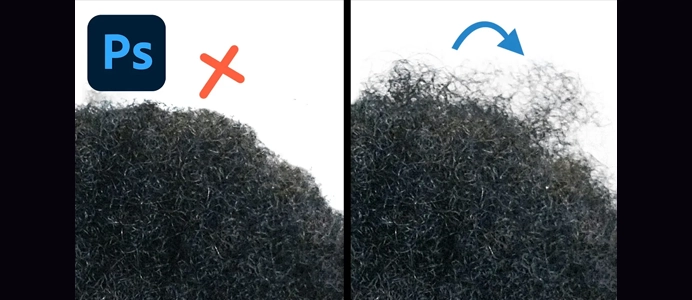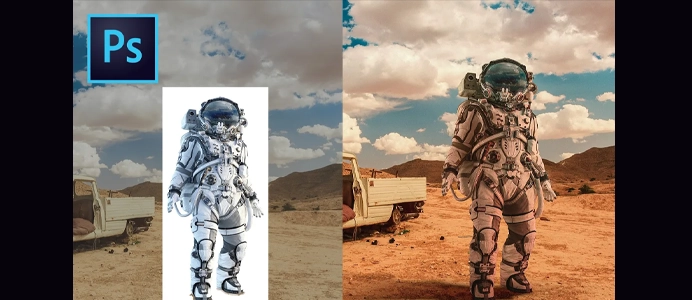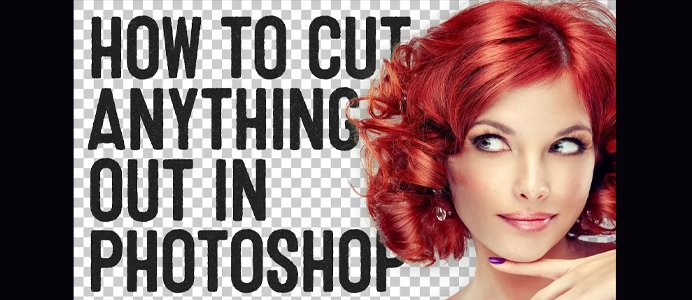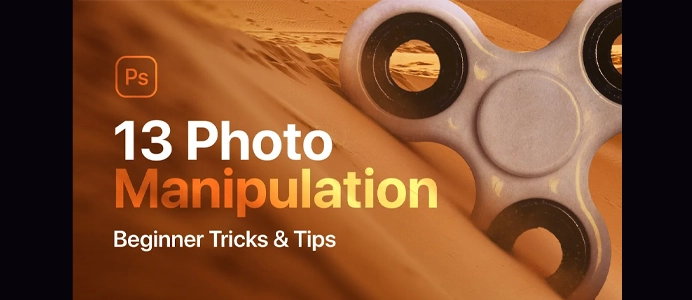How to make your drawings realistic in Photoshop
How to make your drawings realistic in Photoshop.
Creating realistic drawings in Photoshop involves attention to detail, understanding light and shadow, and using various techniques to simulate the textures found in real-world objects. Here’s a step-by-step guide to help you make your drawings more realistic:
1. Start with a High-Resolution Canvas:
- Begin with a high-resolution canvas to ensure that you have enough detail to work with. This will allow for finer lines and smoother gradients.
2. Use a Graphics Tablet:
- If possible, use a graphics tablet or stylus for more precise control over your brush strokes. This can mimic the feel of traditional drawing and painting.
3. Understand Light and Shadow:
- Study the basics of light and shadow. Understand how light interacts with different surfaces, creating highlights, midtones, and shadows. This knowledge is crucial for realism.
4. Choose the Right Brushes:
- Experiment with different brushes in Photoshop. Use brushes with varying textures, opacity, and flow settings to simulate different drawing tools and techniques.
5. Layering Techniques:
- Work in layers to maintain flexibility. Use separate layers for different elements of your drawing, such as the background, foreground, and individual objects.
6. Use Layer Blending Modes:
- Experiment with layer blending modes to achieve different effects. Overlay, Multiply, and Screen are commonly used blending modes for adding depth and adjusting tones.
7. Refine Your Sketch:
- Begin with a rough sketch and gradually refine it. Pay attention to proportions, details, and overall composition.
8. Add Depth with Gradients:
- Use gradients to add depth and dimension to your drawings. Apply gradients for realistic transitions between light and shadow.
9. Texture Overlay:
- Overlay textures on your drawing to simulate the textures of real-world surfaces. This can include textures for skin, fabric, or any other elements in your composition.
10. Fine Details with Brushes:
cssCopy code
- Zoom in and use smaller brushes for fine details. Capture intricate details like wrinkles, pores, or individual hairs to enhance realism.
11. Study Real References:
sqlCopy code
- Refer to real-life references or high-quality photographs. Analyze how light falls on different surfaces and how details are rendered in real-world scenarios.
12. Work with Adjustment Layers:
cssCopy code
- Use adjustment layers to tweak colors, contrast, and saturation. This helps in achieving a more realistic and well-balanced color palette.
13. Add Highlights and Reflections:
cssCopy code
- Introduce highlights to areas exposed to light and reflections to shiny surfaces. This enhances the realism of your drawing.
14. Experiment with Filters:
sqlCopy code
- Experiment with Photoshop filters to add subtle effects or enhance specific elements of your drawing.
15. Final Touches:
arduinoCopy code
- Consider adding a background, adjusting overall lighting, and making any final touches to complete your realistic drawing.
16. Practice and Patience:
vbnetCopy code
- Realism in drawing takes practice and patience. Don't be afraid to experiment and learn from both successes and mistakes.
By combining these techniques and continuously refining your skills, you can create drawings in Photoshop that closely resemble real-world objects and scenes. Remember that practice and observation are key elements in achieving realistic results.




